Peshawar bids farewell to yet another cinema
As I sifted through the morning’s headlines, one story stood out — Naz Cinema, an 80-year-old landmark in Peshawar, had been reduced to rubble.
For many, it was just another piece of news. But for lovers of art and cinema, it was the loss of yet another cultural gem.
Arriving at the site with my cameraman, I saw nothing but bricks and debris. Yet, in my mind, I could hear my son’s voice:
“Mama, the new ‘Fast and Furious’ movie is out. Let’s go to Islamabad after my exams to watch it.”
That has been our routine for years — travelling to Islamabad just to watch a quality film because Peshawar lacks a proper cinema.

With each passing year, the city’s cinemas have vanished, replaced by commercial plazas.
Naz Cinema is now just another casualty of this transformation. Soon, where its walls once stood, a towering shopping complex will rise.
Why was Naz Cinema torn down?
Jawaid Raza, the third-generation owner of the cinema, had no choice but to demolish it. He was visibly disheartened when I asked him why.
“When there are no films, what’s the point of running a cinema?” he said.

“Electricity costs have skyrocketed, production quality has declined, and with the ban on Indian films, audiences simply stopped coming. We can’t screen movies for just 10 or 12 people.”
Jawaid recalled the golden era of cinema, reminiscing about the 1976 Pashto film Orbal, which ran at Naz Cinema for nearly two years.
“Back then, Peshawar had 15 cinemas screening Urdu, Pashto, Punjabi, and English films. But declining film quality drove audiences away,” he said.
In an attempt to revive interest, Jawaid upgraded Naz Cinema into the province’s first 3D cineplex. However, he lamented that even this effort failed due to the lack of quality films.
“A cinema needs at least 52 movies a year — one every week. But here, we barely get a few films on Eid, and even those struggle to last beyond three days.”

Jawaid pointed to the downfall of the Pashto film industry as a death blow to cinemas in Peshawar.
“For two years, Pashto films have been running at a loss. There’s no investment, no new actors, and the same repetitive stories. After the golden era of actors like Badar Munir, the industry has stagnated,” he said.
Substandard cinematography, weak storytelling, and misrepresentation of Pashto culture have further alienated audiences.
Naz Cinema: A historic landmark
Originally known as Rose Cinema, the theatre was established in the 1940s by a Sikh businessman who later migrated to India during Partition. Jawaid Raza’s grandfather acquired it in 1947 and renamed it Naz Cinema.
For decades, it remained a cultural beacon in Peshawar.
The impact of militancy on Peshawar’s cinema industry
For over a decade, Peshawar’s cinemas have suffered due to militancy.
In 2014, back-to-back bomb blasts targeted two cinemas, killing and injuring several people. Earlier, security concerns had forced the closure of PF Cinema.

Over the years, historic cinemas like Firdous (Shabistan), Palwasha, Novelty, Metro, Ishrat, Sabrina, and Capital Cinema have all been demolished.
Today, only five remain, but their deteriorating state suggests they too will soon be replaced by commercial buildings.
Once known as the city of cinemas and artists, Peshawar is now witnessing the slow death of its film culture.
For the latest news, follow us on Twitter @Aaj_Urdu. We are also on Facebook, Instagram and YouTube.







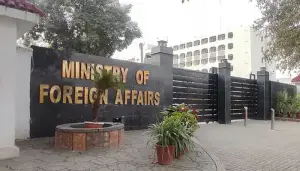
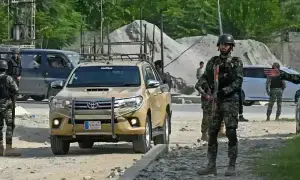





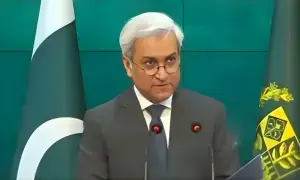

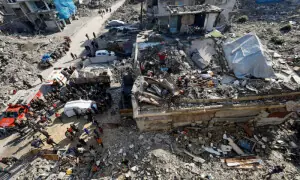



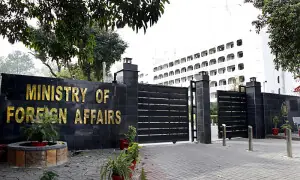
Comments are closed on this story.